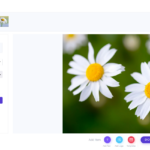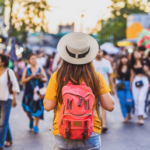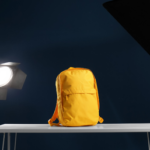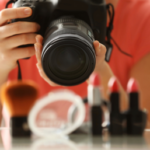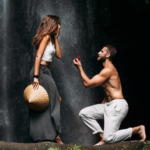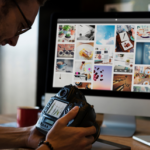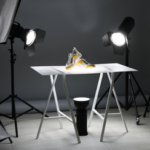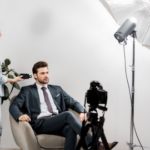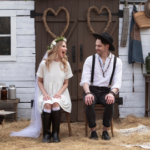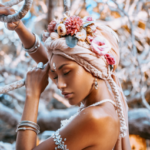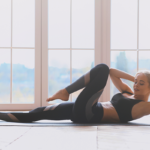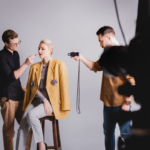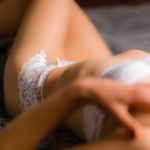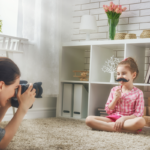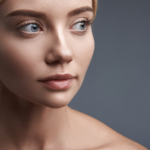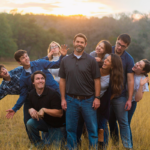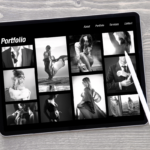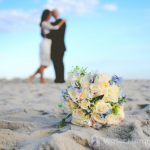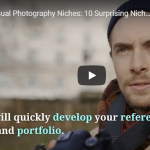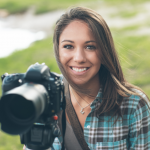Should pet photography be something that you invest your time in?
Pet photography is, indeed, a growing business with about 35% of US households own at least one cat, and 39% own a dog. It is tens of millions of pet owners, most of whom consider their pet as a member of the family.
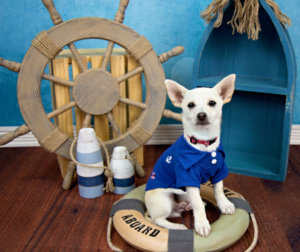
Our relationship with our pets has transformed over the last few decades; it is not unusual to find people referring to their cats or dogs as their “babies.” Whether you think these people crazy or not, that kind of passionate, growing demand is a great opportunity–or op-paw-tunity–for photographers (but first, check this out to find out if you have the right equipment).
(Actually, if you think they are crazy, pet photography might not be for you.)
Photographing pets is much like photographing children. You cannot expect them to move in the direction very well, or to stay still for a long time. Here are some tips to help you perfect that furry shot:
Talk to the Owner First
In pet photography, you have to realize that each pet has its own character, and you are going to need the owner to help you figure it out. Is this cat strung high? Is this dog playful? Knowing this ahead of time will make it possible for you to set the scene properly.
Also, the pet owner probably already has a distinct idea of the kind of picture they want. The best approach a photographer can do in any situation is to understand what the client wants to achieve.
Choose the Right Setting
The best setting for each pet depends on its personality. A playful puppy is best to shoot outdoors; however, the owner of a house cat might want the cat to be photographed on the couch.
Remember, you are trying to take a picture of the pet in the way the owner wants.
If you decide to do pet photography in a public place, find out if the pet is capable of resisting distractions. It is quite hard to take pictures of a dog if they are running after a squirrel.
Help the Owner Be Prepared
Pet photographers should offer a checklist to every owner whom they work with so that the owner could prepare the pet in advance. Examples of what is to be included are:
- Has the pet been groomed in advance?
- Bring along its chosen snack to help them relax.
- Bring along its beloved toy, especially if the owner wants to include an action shot.
Getting the Shot
When the time finally comes to begin taking pictures, you may find that the animal is not in the mood. If the owner has followed your checklist, you should have some tools that can use to help the pet cheer up. But it helps if you bring along your own bag of treats and toys, too.
Try playing with the pet before you start taking pictures of it. Some pets, like some kids, do not like strangers, and they may be aggressive or shy. You will need to convince the animal that you are their pal before they begin to act naturally.
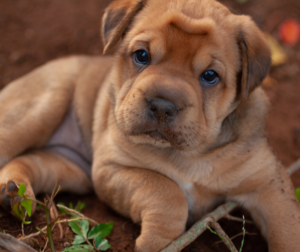
Take it easy and just go with the flow; animals are very sensitive to your mood. Give the pet a last-minute grooming session, just a touch-up. If you are outside, how’s the wind going? Is it too strong? Is the sun too bright? Keep in mind; overcast is a lot better for exposure. Make sure your pet would be far away from your background so you would not cast your shadows.
Eyes on the Prize
Their eyes are probably the most expressive part of a pet’s face, so if you want to produce outstanding pet photography, start concentrating on the eyes and facial expressions. A well-timed puppy whine (from you) could reel in the spotlight on a puppy or a curious dog, and have them looking straight at the camera faster than you could say “woof.”
Know to Shoot in Their World
While a couple of photos looking down at the pet while you’re standing could be cute, to create the really attractive portraits that pros make, shoot down at their level, ‘in their world.’ For the Great Dane, their world could be the height of your hips; for the Chihuahua, it could be all the way down at the level of your ankles. For a cat sitting on a cat tree, you might need to pull out a step ladder to get to their level.
Pay Your Model
Every animal needs some kind of motivation to pay attention to you during the pet photography shoot; without it, they will wander away and be totally uninterested. Determine what motivates them (i.e., their ‘payment’) and give it to them throughout your shoot.
It could be toys or treats or for dogs, or just care and affection. For cats, it could be a feather toy, tuna fish, catnip, a paper bag, or even a favorite blanket. For pet horses, It might be their favorite food such as apples or carrots.
‘Get them to do anything you want’ comes with a model payment. Be creative when it comes to ‘rewarding’ the models, and they’re going to reward you with great shots and be more cooperative in your pet photography sessions.
Talk Like Them
No, you don’t have to meow, but there is no faster way to freak out a cat or confuse a dog than to shout commands at them repeatedly. Dogs will become confused and concerned, and cats will disengage or even leave the room.
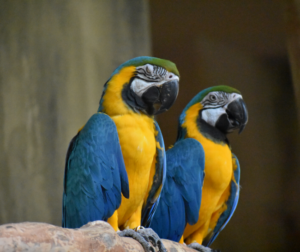
When doing pet photography, try interacting with the pets the way they do with each other, non-verbally. Utilize hand signals or point to ask them ‘over here.’ Utilize the sit hand signal for dogs that understand it. If you do require to say’ sit,’ say it calmly and quietly, just once or twice. Avoid stating the pet’s name, because the more times they hear it during the photo shoot, the more likely they are to zone out.
Pet Photography Bottom Line:
Pet photography can mean a range of interesting pictures, from dramatic to cute. Use treats and toys to reward them if they’re doing well and let them leave if they’re bored of having their photograph taken. Feeding an animal first is always a great idea to shoot portraits as it makes them relaxed. If your pet is going outside, ensure you have someone else to help in case they break free. Align your pet photography expectations correctly. Don’t expect the perfect shot right away-it’ll just raise your anxiety and stress the animal. Be patient and have fun. If you do that, the animal will do that. If you like pet photography, check out our tips in child photography too!
No matter which pet photography is your favorite, remember to protect your photos with a watermark before you publish online. Start unlimited watermarking today with Watermarquee.




